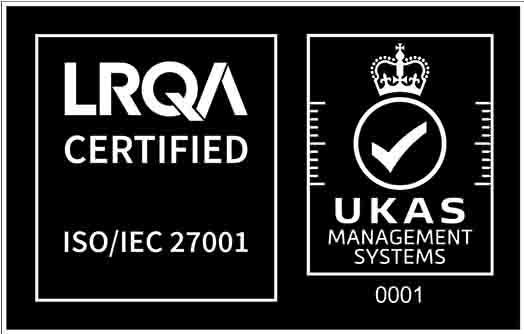For insurers and MGAs, the decision to challenge the veracity of the evidence adduced by a claimant in a litigated claim can be a challenging one.
An allegation based on suspicion, rather than fact, which proves to be unfounded can lead to a hefty bill for indemnity costs as well as your own costs.
Notwithstanding the above caveat, since the Criminal Justice and Courts Act 2015 (Section 57), the Court will dismiss claims for fundamental dishonesty unless satisfied that it would cause substantial hardship to the claimant.
The court has discretion, but a raft of recent cases demonstrates that the court will dismiss the whole claim if it is satisfied that the dishonesty goes to the root of the claim rather than exaggeration of a particular element.
In the recent case of Basir V Larizadeh on appeal, the court found clear and obvious exaggeration of the personal injury element of the claim and dismissed all elements including a credit hire claim.
In the Court of Appeal l, in the case of Gosling V Hailo, the court concluded that mere exaggeration of a minor self-contained element of a claim should not give rise to an order for the claimant to be the costs of the claim.
If, however, the dishonesty went to the root of the complete claim or a substantial part of it, then cost consequences should follow.
For insurers and MGAs, there are two particularly important questions to be asked;
- When should an allegation of fundamental dishonesty be raised?
- How can the allegation be proved?
Part 18 (Civil Procedure Rules) questions can be helpful in ensuring a claimant commits to a specific answer or set of answers.
An example is the case of Zurich V Romaine, where the claimant in a Noise Induced Hearing claim denied being engaged in any noisy pursuits.
When the video emerged showing him driving high-powered motor bikes and fronting a rock band as a lead singer, the court took a different view and struck out his claim!
Forensic examination of experts under Part 35 of the CPR can be useful, along with in-depth social media investigation and traditional surveillance methods.
The sharing of information regarding fraudulent cases and making the connection are both key strategies, along with ascertaining whether the claimant (or anyone close) has recently made a similar claim.
Dishonesty can be established without the need to plead it; in a recent case where we were involved as a TPA, a £4M claim was successfully defended by attacking the credibility of the medical evidence and demonstrating the claimant’s evidence and behaviour was inconsistent with the evidence adduced.
If asked to advise whether a claimant should be pursued for costs or committal, we would normally advocate pursuit, subject to the claimant having the means to pay.
The legislation is there to create a fairer playing field so that claimants with dishonest intent understand the consequences of their actions.
This category of claimant puts honest claimants at a disadvantage.
As to when to allege fundamental dishonest, this turns on a number of factors:
- Is the fundamental dishonesty blatant?
- Does the issue go to the root of the claim or is it just inflating or minor exaggeration?
- What are the costs implications? Is there a prospect recovering cost?
- Is it too early in the proceedings to raise the issue, as it may be easier to establish it later?
- Is the claimant a minor or under a disability so the court would be likely to find substantial injustice?
Each case needs to be looked at on its own facts but the good news for insurers and MGA’S is that the courts and Parliament is taking a much harder line against claimants and their advisors who mislead the court.
The challenge is to ensure your TPA and advisors are able to root out these claims swiftly and efficiently at a realistic cost.
Article by Ken Specter, Solicitor and MD of the Connexus Group.

